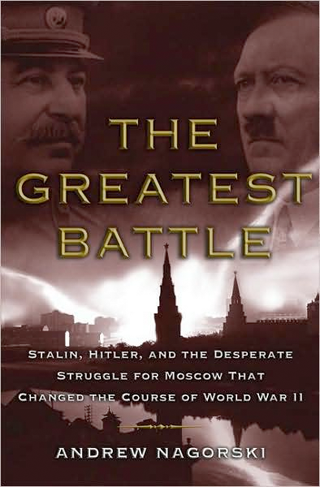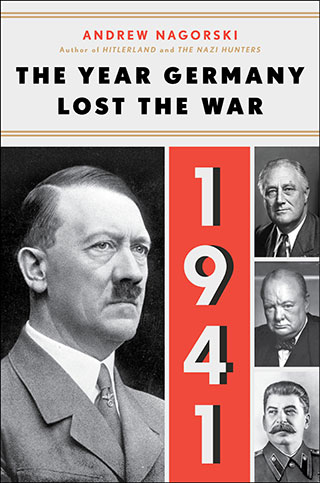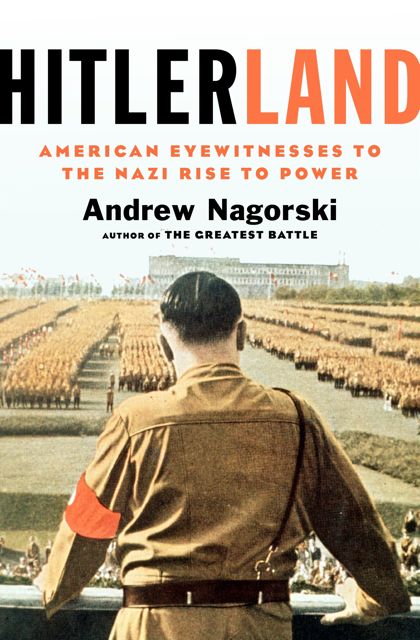Simon Sebag Montefiore is best known for his monumental biography Stalin: The Court of the Red Tsar (2003), which offered a mesmerizing, richly detailed portrait of the Soviet tyrant’s inner circle—and how he could alternately, even simultaneously, ooze charm and terror in his dealings with them. In that volume, he briefly mentions the murder-suicide of two teenage children of this super-elite, which led to the arrests of 26 schoolboys, including one of Stalin’s nephews and two sons of Politburo stalwart Anastas Mikoyan. The children weren’t released until they signed confessions that they had conspired to overthrow the regime.
In this novel, inspired by that incident, Montefiore explores how the parents and children might have handled this ordeal—and what may have prompted Stalin to pursue a case that, even in his perpetually paranoid frame of mind, he must have known to be bogus. With the leeway afforded by fiction, the author ventures into the minds of the participants to imagine how an initial act of schoolboy violence could trigger a chain of events that quickly engulfed the families of the most exalted of Stalin’s willing executioners.
As in the real-life case, Montefiore starts with the apparent murder-suicide of two teenagers from what he calls Stalin Commune School 801, which caters to the children of the top Kremlin leadership. When a Jewish teacher opened their eyes to the wonders of Alexander Pushkin, several students had formed a group called the Fatal Romantics’ Club, dressing up in theatrical costumes and staging impromptu scenes from the poet’s work. It is during one of those reenactments that things go awry, leading to the deaths of two of the members. This is the Stalinist version of a Dead Poets Society, which necessitates a far more complex and chilling plot.
When “the organs”—as Soviet security services were known—start looking into the case, everyone in the group is imperiled. “Like a party of mountaineers, when one falls, all fall,” the teenage main character Serafima Romashkina realizes. The parents, too, are in danger and may be the real targets of the quickly concocted conspiracy: Stalin liked nothing better than keeping his inner circle guessing about who he would dispatch next.
Historians, journalists, and others can easily stumble when they shift from nonfiction to fiction, and Montefiore’s execution isn’t always perfect. He faces the classic Russian-novel problem of juggling multiple characters and family relationships that can be difficult to keep straight, even with the help of a cast list at the beginning. His characters sound too colloquial at times, and his heroes—the free-thinking teacher and a school director who quietly supports him and takes other risks—can look almost too heroic.
Yet the language of Stalin’s court was anything but elevated, as Montefiore knows from his extensive research, and much of the dialogue accurately captures its cringing, sycophantic tone. And while Stalin’s reign of terror prompted millions to collaborate and cower in fear, there were brave souls who displayed extraordinary courage and moral fortitude. Hence, the great works of literature by the likes of Anna Akhmatova and Aleksandr Solzhenitsyn.
For the most part, Montefiore nails the atmospherics. Asked by a new student why the Fatal Romantics’ Club and its activities are so secret, Romashkina responds: “Don’t you see? In our age of conspiracy, everything is conspiratorial. Even having a picnic or reading poetry.” But most of all, Montefiore has constructed a story that all too convincingly conveys how the students, who are picked up one by one, are coerced into making confessions that both they and their interrogators know are false.
The most compelling parts of the story focus on the dilemma of the parents, who have to pretend they have full faith in “the organs”—and, of course, in Stalin, who revels in the mental torture he is inflicting on them. Tamara Satinova, the wife of a Politburo member, is allowed to visit her 6-year-old daughter at the Lubyanka prison, only to endure the agony of new separation as the girl doesn’t want to let her go. Resisting the impulse “to hold on to her little girl,” she feels compelled to pry herself loose from her “sobbing, shaking, struggling to breathe” child because the alternative of disobeying her jailers would be even worse.
Somewhat less convincing is the portrait of general rectitude, combined with a late-life love story, of Tamara’s husband, who becomes one of the targets of the plot. This raises the question whether members of Stalin’s court, who routinely approved mass murder, could exhibit genuinely warm emotions, especially within their families, and even romantic longings. Could they un-witting-ly share in the spirit of the Fatal Rom-an-tics’ Club of their children?
Whether or not readers will accept this, Montefiore clearly believes so. He certainly understands the adage that truth is often stranger than fiction; but he makes a strong case here that fiction can illuminate such strangeness. By demonstrating how the most innocent members of very guilty families found themselves plunged into darkness, Montefiore has made a valuable addition to his already impressive body of work.
Andrew Nagorski, a former Newsweek bureau chief in Moscow and Berlin, is the author of Hitlerland: American Eye-witnesses to the Nazi Rise to Power.









